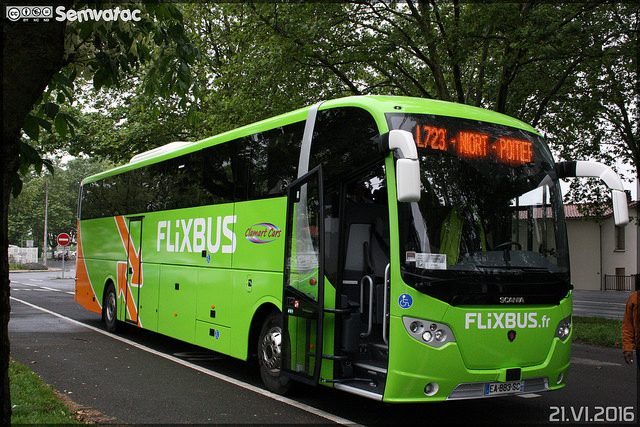The Puget Sound Transit board of directors considers themselves to be between a rock and a hard place. The projected cost of the eight-mile Northgate-Lynnwood light-rail line has risen from a low of $1.2 billion to $3.2 billion. The agency is counting on getting more than a billion of that from the Federal Transit Administration, but the Trump administration has been stingy about funding new projects.
So should the board commence construction now even if it means foregoing federal support? Or should it wait until federal support is assured and take the risk that costs will rise even more?
How about a third option: Don’t build it at all. It would have been a stupid idea if it cost just $200 million. It was a really stupid idea at $1.2 billion. It is an extremely stupid idea at $3.2 billion. It’s stupid because buses can do everything light rail can do, but do it more safely and at a much lower cost. Continue reading








